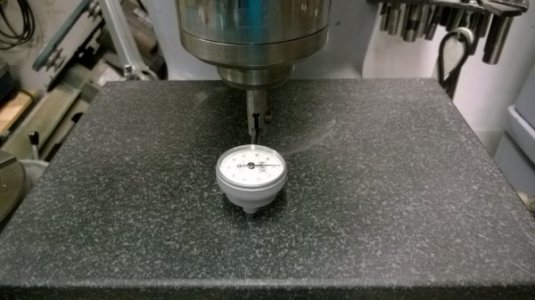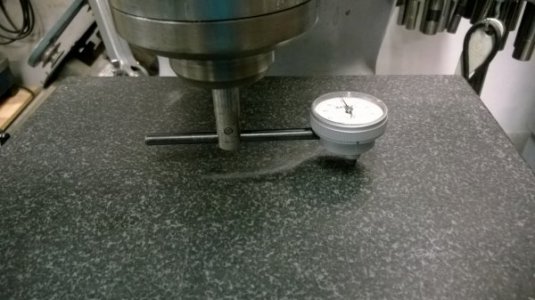- Joined
- Feb 19, 2016
- Messages
- 66
So I recently picked up a valenite 3" face mill and just getting around to trying it today. I stuck a piece of 4" aluminum in the vise, on the parallels and took a .200 pass. Feeding from left to right it left a semi mirror sort of ghostly finish. When I moved the y in and took the last 1" or so pass coming back across it was leaving a very noticeable ridge but was leaving a mirror finish. As it came close to the end of the cut it was about flush with were the first pass was.
I just trammed the mill after I used it the last time and over the span of half the bed 25" give or take, It's within .0007.
So can anyone enlighten me on to what is going on its starting to baffle me.
I just trammed the mill after I used it the last time and over the span of half the bed 25" give or take, It's within .0007.
So can anyone enlighten me on to what is going on its starting to baffle me.



